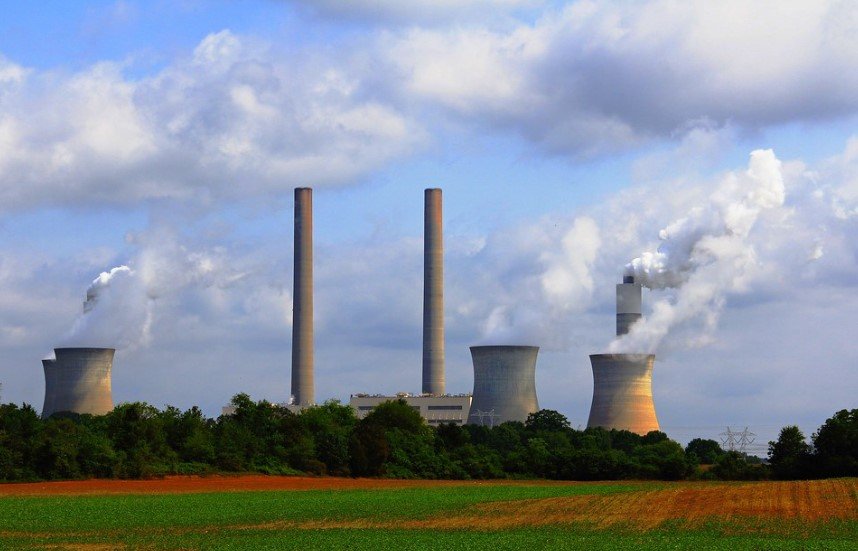The utility’s latest plan doubles down on fossil fuels to meet surging tech demand—even as solar and storage gains struggle to break through.
Georgia regulators gave a green light Tuesday to Georgia Power’s new energy roadmap—one that’s sparking just as much backlash as it is electricity. The state’s biggest utility will keep coal plants running years longer than planned to feed ballooning demand from data centers. Advocates for cleaner energy say the move gambles with ratepayer money and the climate alike.
And this time, the stakes aren’t just about how Georgia lights up its homes. It’s about how much power the internet—literally—will need.
Coal Plants Once Headed for Retirement Get a Tech-Fueled Lifeline
Back in 2022, Georgia Power had its eyes set on winding down coal. Now, that’s shifted. Units at the Plant Bowen facility, which were scheduled to close by 2035, are being kept alive—possibly through 2038—to handle what the company describes as an “unprecedented” spike in electricity demand.
That demand? It’s not coming from homes or malls.
It’s coming from data centers.
The Atlanta metro area has quickly become a magnet for hyperscale operators like Microsoft, Google, and Amazon. With AI workloads exploding and more server farms sprouting up across the South, Georgia Power says it expects to see 8,500 MW of new demand over the next six years. That’s like adding the equivalent of nearly 6 million homes to the grid.
Some call it prudent planning. Others see a red flag.

Critics Warn of Overbuilding and Overcharging
The Natural Resources Defense Council wasn’t subtle. In a statement, Patrick King, its Georgia policy advocate, said the plan “locks in major investments based on uncertain assumptions about future data center demand.”
His concern? If those shiny data halls don’t materialize—or don’t need as much power as predicted—existing customers could be stuck footing the bill.
Consumer advocates are equally skeptical. They argue the plan leans too heavily on fossil fuels like coal and gas, while offering little relief for residential or small business ratepayers.
One sentence, one truth:
More coal means more carbon.
Yes, There’s Clean Energy in the Mix—But…
To be fair, the IRP isn’t only about keeping old plants humming. It calls for up to 4,000 megawatts of renewable capacity, mainly solar, by 2035. There’s also a plan to bring online 1,500 MW of battery storage—an important step in balancing intermittent resources.
But advocates say those wins feel overshadowed.
Heather Pohnan of the Southern Alliance for Clean Energy said in a statement that solar and customer programs in the IRP “are sadly blunted by the continued investment in fossil fuel infrastructure.”
And the energy efficiency goals? Basically frozen in time. Georgia Power’s savings targets haven’t been updated in years, and they won’t be now either.
Here’s what’s being added under the new IRP:
-
Up to 4,000 MW of renewables, mostly solar
-
1,500 MW of battery storage
-
A limited amount of new gas capacity
-
Quarterly filings on large load development
Still, none of it seems bold enough to many clean energy backers.
How Much Power Is Too Much?
What worries analysts most isn’t just what’s in the plan—it’s how speculative it is.
Georgia Power insists that growth is coming, and fast. But forecasting electricity load is notoriously tricky, especially in the data center space. Construction timelines shift. Technologies change. AI server farms are hot now—but what if the hype cools?
That kind of acceleration is unusual—and possibly overconfident.
“The commission should not gamble public funds on what amount to high-risk tech forecasts,” one Atlanta-based energy economist said off-record.
Winners, Losers, and Who Pays What
The data center boom could bring jobs and tax revenue. But it could also bring higher power bills if Georgia Power overbuilds and underdelivers.
Many of these facilities negotiate special contracts, meaning they may not bear the full cost of the infrastructure built to serve them. If usage doesn’t pan out, guess who picks up the slack?
Tech giants may be the ones flipping the switch, but ratepayers could be the ones stuck with the tab.
What’s Next for Georgia’s Energy Future?
With the IRP now approved, Georgia Power has its marching orders. It will report quarterly on large-scale load developments, which should provide some visibility into whether demand is tracking as expected.
But big questions remain:
-
Will solar and storage ramp up fast enough to offset coal emissions?
-
Can Georgia Power tweak its forecast if data center demand slows down?
-
And most importantly—who’s really benefiting from this plan?
Environmental groups plan to stay vocal. Legal challenges aren’t out of the question. And the national debate over AI’s energy appetite is just beginning.
For now, Georgia’s power future is part legacy, part leap of faith—and the coal plants that were almost history are back in the spotlight.
